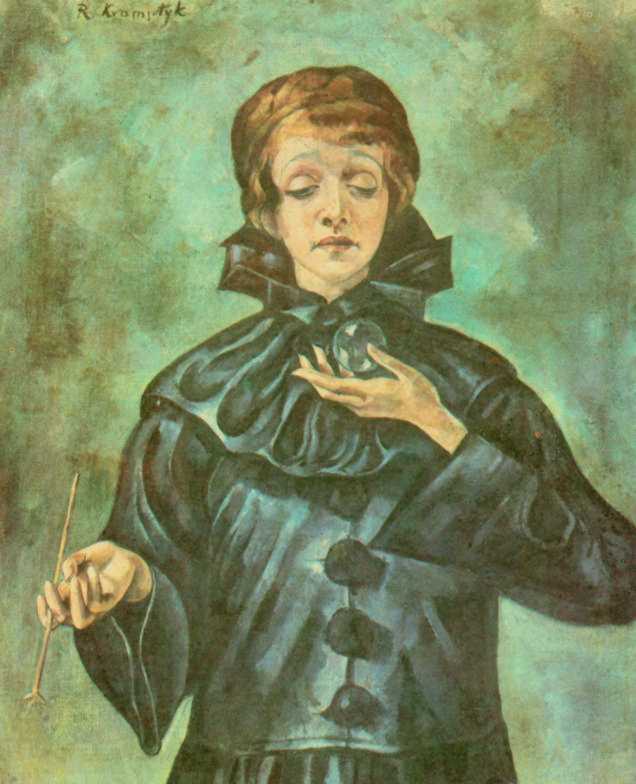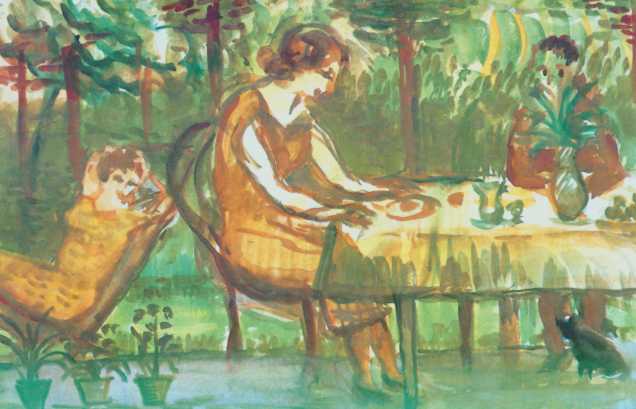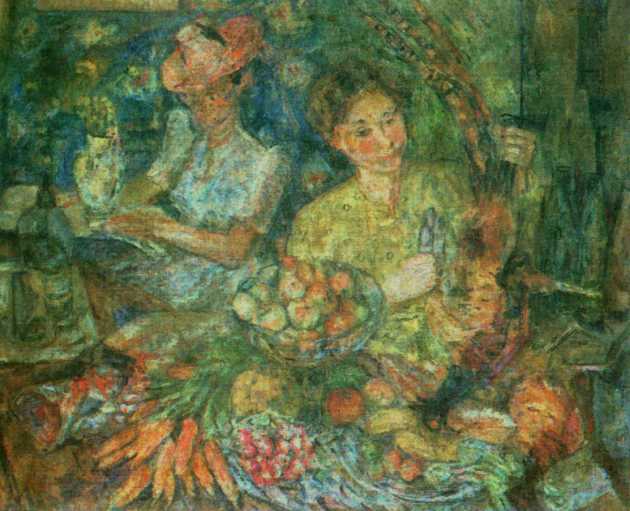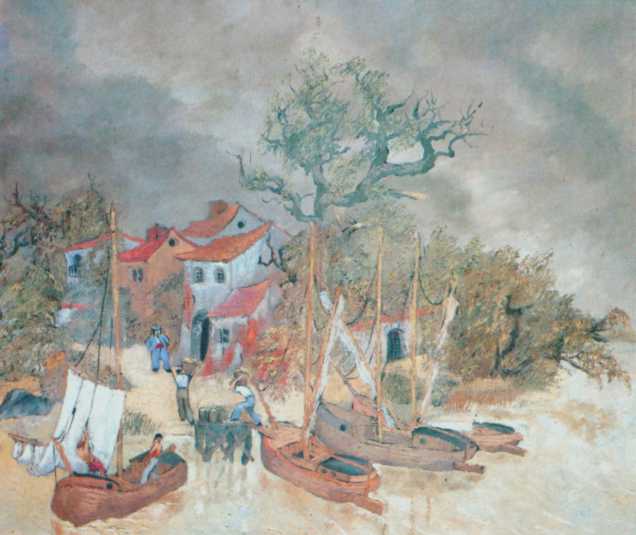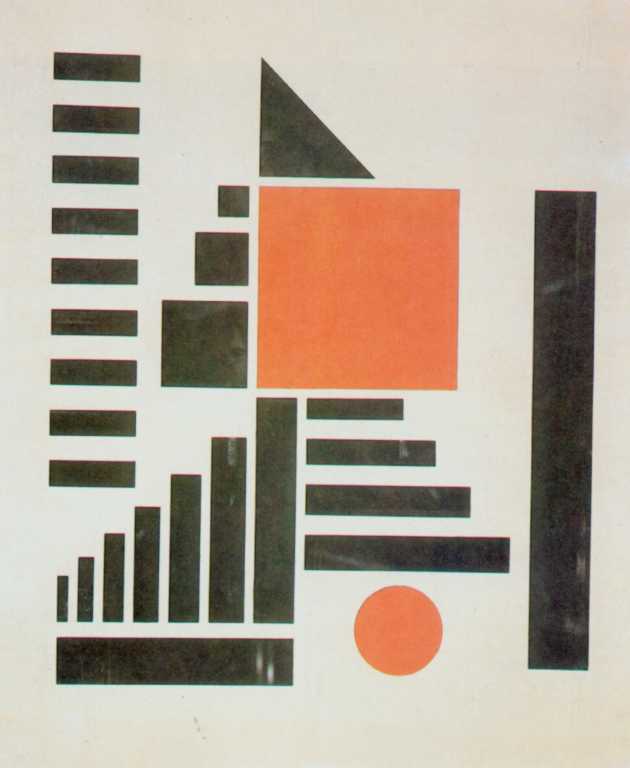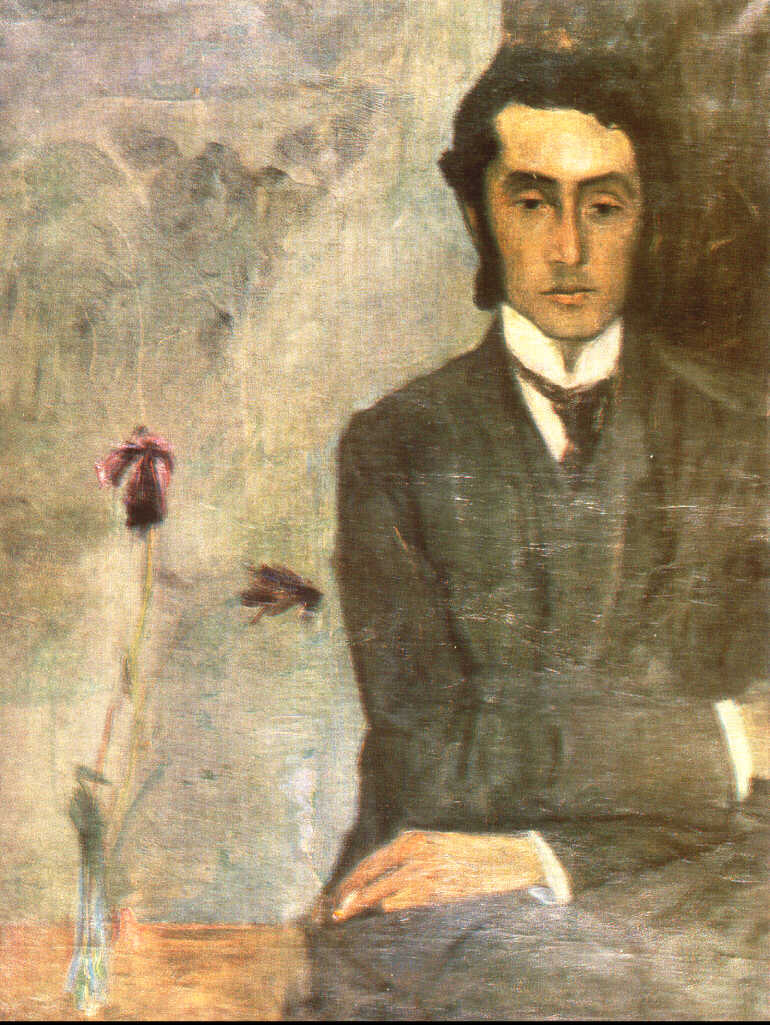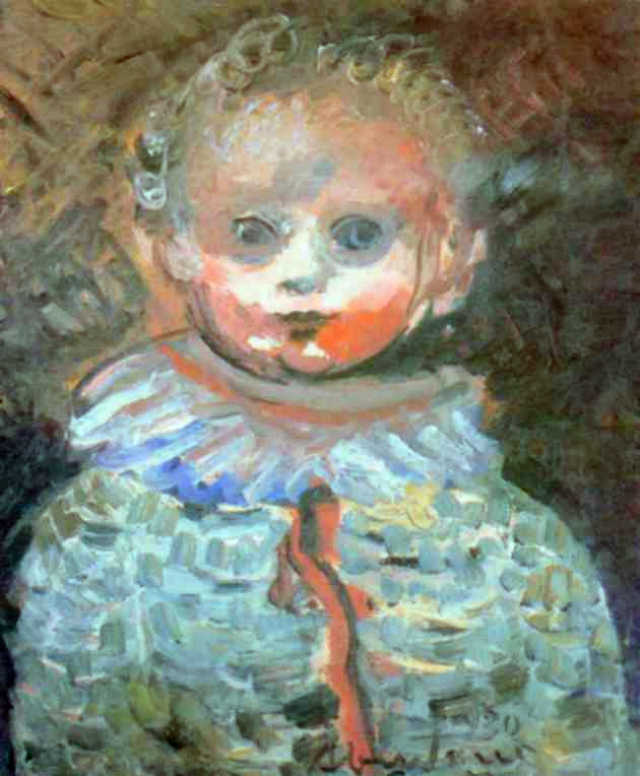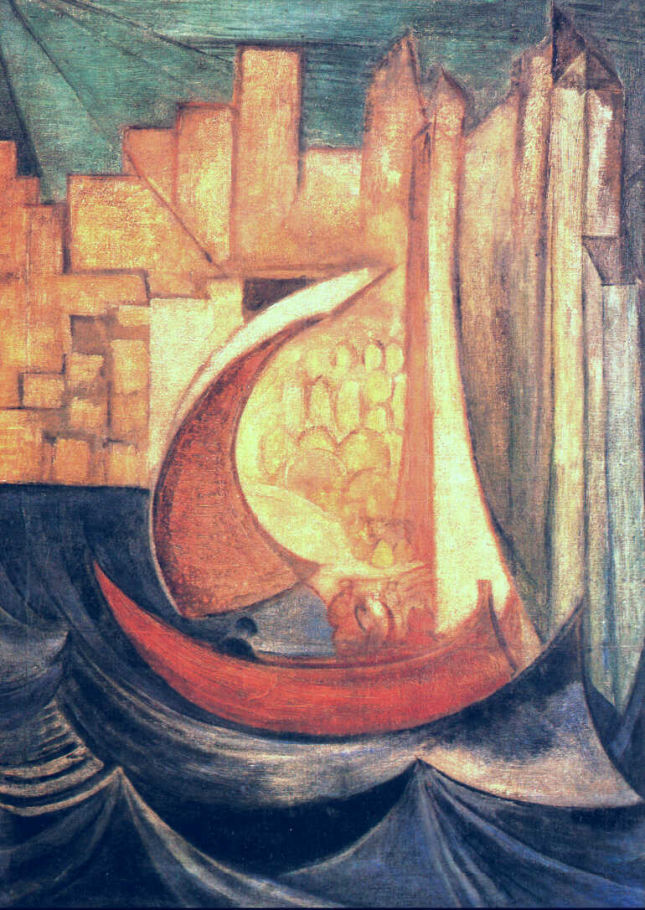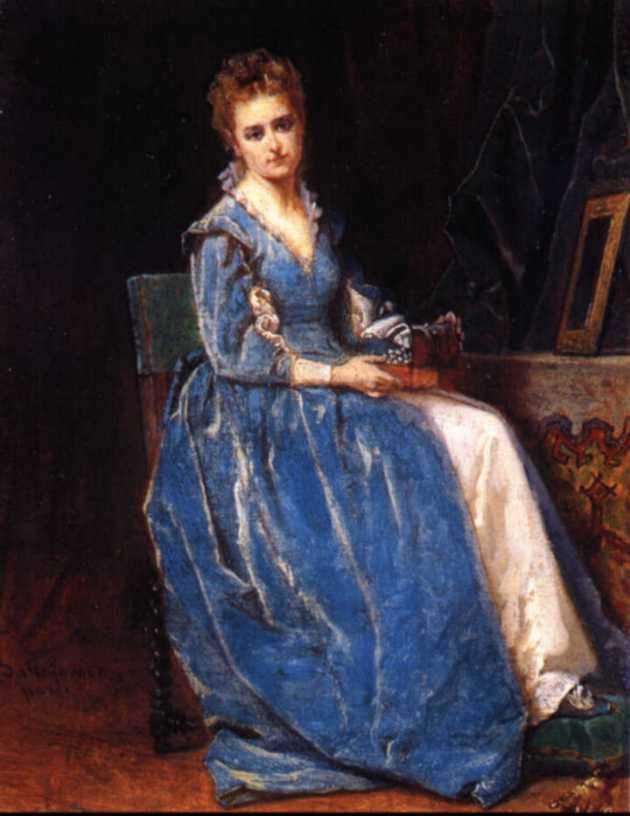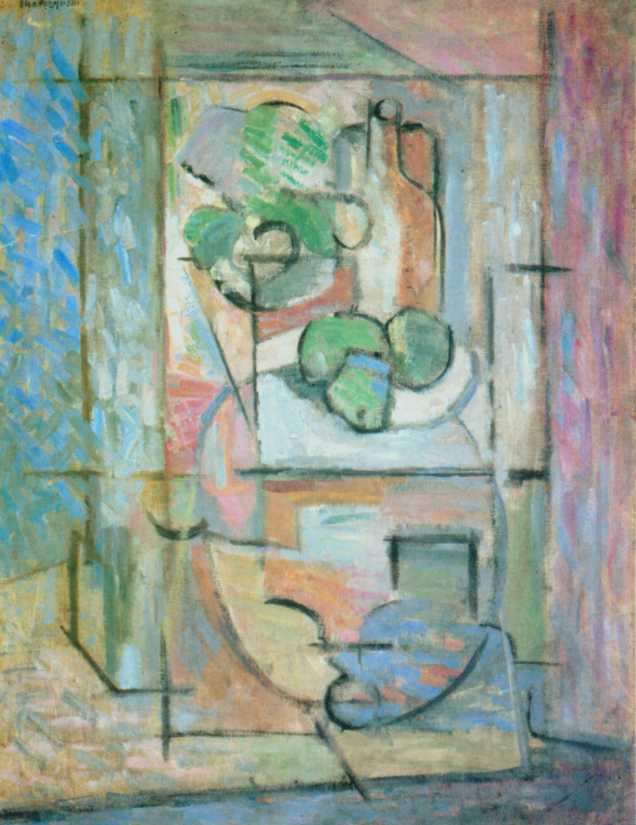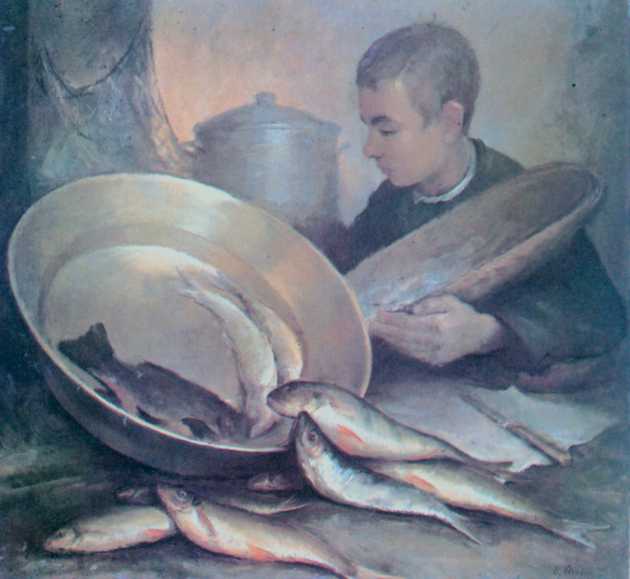Kramsztyk Roman (ur. 1885 Warsaw, zm. 1942 he died in Warsaw).
Painter, chart, member of the group: Grupa Pięć i Rytm. He studied art at the Academy of Fine Arts in Krakow in the years 1903-04 u J. Mehoffera, and then in Berlin and Paris, where did St. 1911. He survived World War I in Krakow, he later returned to Paris, from where he came to Warsaw for the summer months. He also traveled to Spain. He made his debut at Zachęta in Warsaw in 1909, w 1912 participated in the exhibition of the Berlin Secession, a w 1913 he had the first big one (70 images) individual exhibition in Krakow. Since then, he has been a frequent participant in domestic and foreign exhibitions. He painted still lifes, landscapes, he did not shy away from the ugliness of his wrinkled faces, he operated in strong contrasts. The lush painting temperament balanced the discipline taken from Cezanne, he cut off clearly colored surfaces, he reduced the color gamut. Afterward, from approx. 1930, In Kramsztyk's painting, forms and color contrasts are softened. The precision of the drawing and the care of the finish increase, recalling his youth studies in the painting of old masters at the Louvre. At that time, the portrait became the exclusive genre of his painting. Kramsztyk's possibilities as a portrait painter were very extensive, he painted full of character images of men as well as graceful images of beautiful women, always psychological in depth and subtle in expression. The artist's last works were created during the occupation. Cycle of drawings, mostly performed sanguine, is a shocking document of the tragedy of the Warsaw ghetto, where their author died.
Painter, chart, member of the group: Grupa Pięć i Rytm. He studied art at the Academy of Fine Arts in Krakow in the years 1903-04 u J. Mehoffera, and then in Berlin and Paris, where did St. 1911. He survived World War I in Krakow, he later returned to Paris, from where he came to Warsaw for the summer months. He also traveled to Spain. He made his debut at Zachęta in Warsaw in 1909, w 1912 participated in the exhibition of the Berlin Secession, a w 1913 he had the first big one (70 images) individual exhibition in Krakow. Since then, he has been a frequent participant in domestic and foreign exhibitions. He painted still lifes, landscapes, he did not shy away from the ugliness of his wrinkled faces, he operated in strong contrasts. The lush painting temperament balanced the discipline taken from Cezanne, he cut off clearly colored surfaces, he reduced the color gamut. Afterward, from approx. 1930, In Kramsztyk's painting, forms and color contrasts are softened. The precision of the drawing and the care of the finish increase, recalling his youth studies in the painting of old masters at the Louvre. At that time, the portrait became the exclusive genre of his painting. Kramsztyk's possibilities as a portrait painter were very extensive, he painted full of character images of men as well as graceful images of beautiful women, always psychological in depth and subtle in expression. The artist's last works were created during the occupation. Cycle of drawings, mostly performed sanguine, is a shocking document of the tragedy of the Warsaw ghetto, where their author died.
Spanish landscape, ok. 1926
oil, canvas, 54 x 65 cm;
Museum of Art in Łódź;

oil, canvas, 54 x 65 cm;
Museum of Art in Łódź;

Portrait of actress Maria Strońska, ok. 1920
oil, canvas, 84 x 69 cm;
National Museum in Warsaw;
oil, canvas, 84 x 69 cm;
National Museum in Warsaw;
